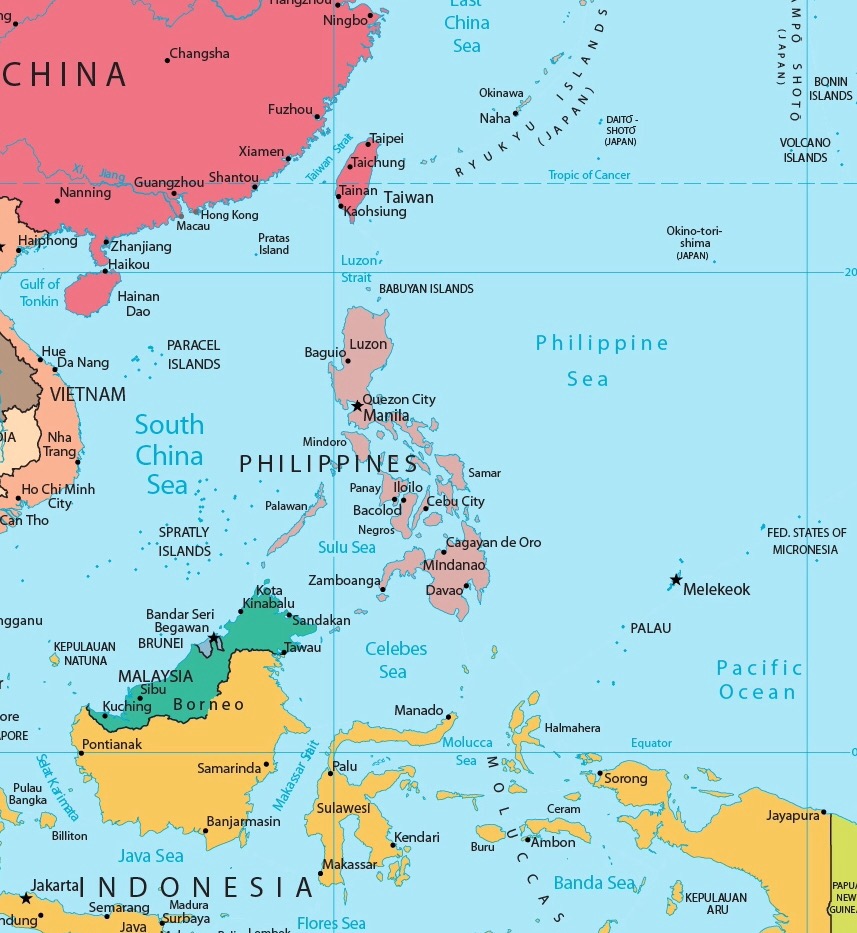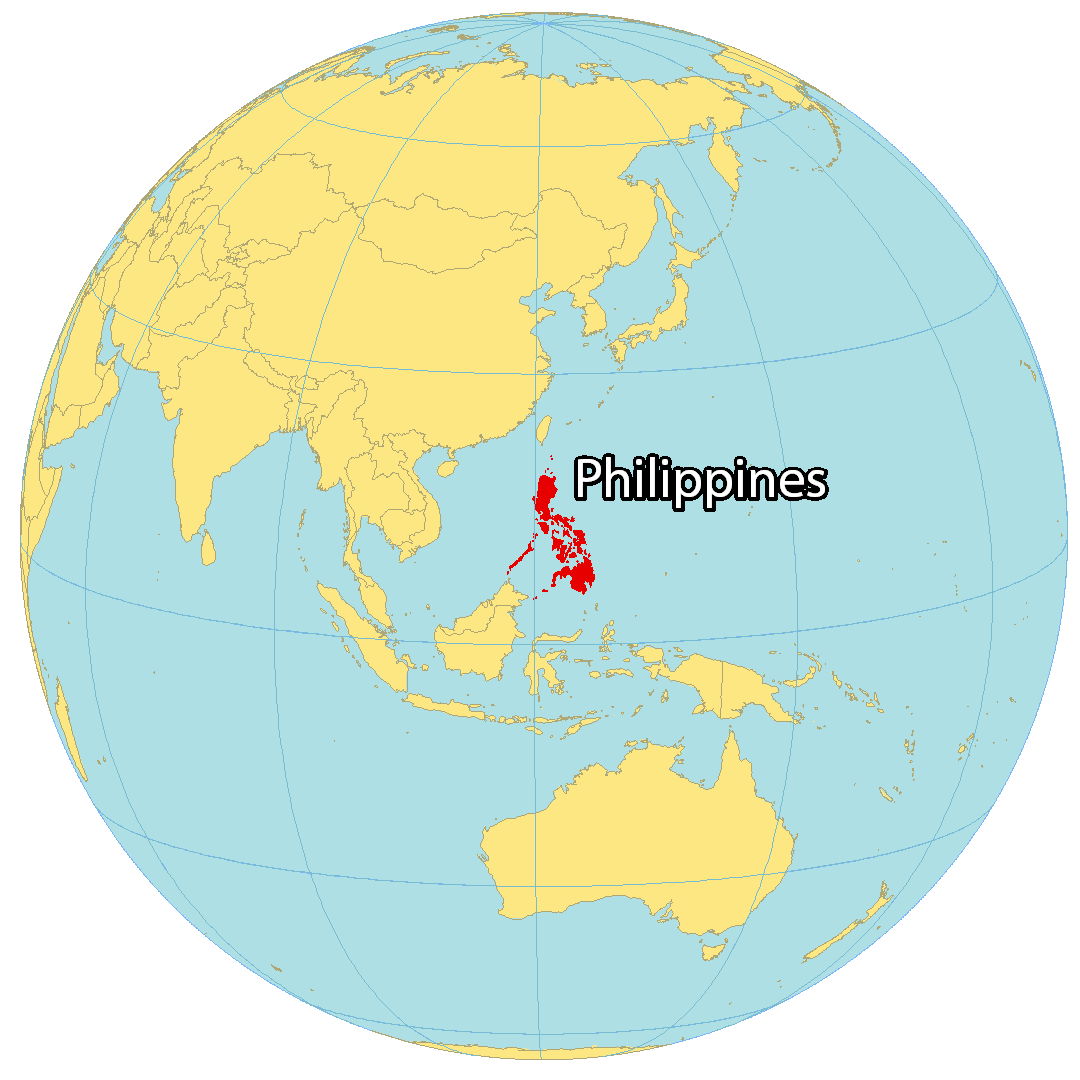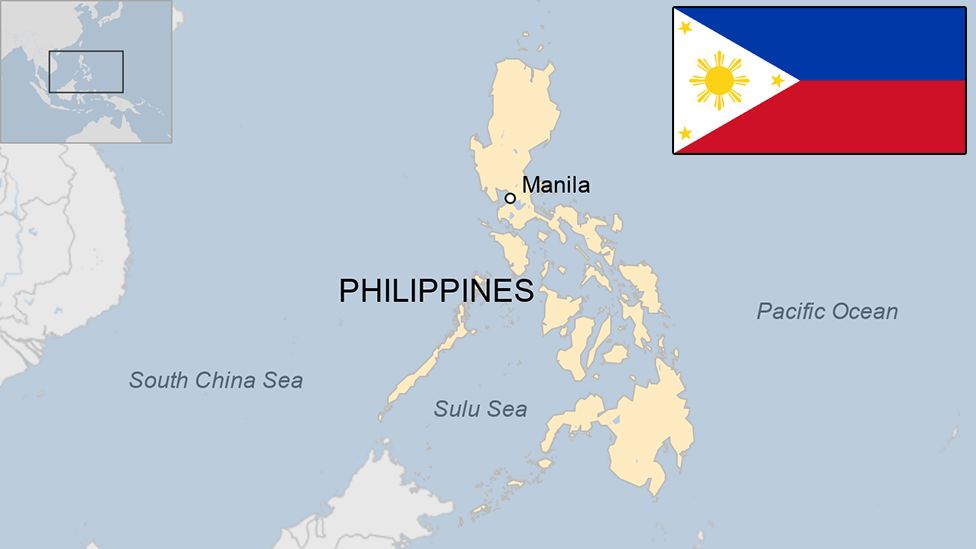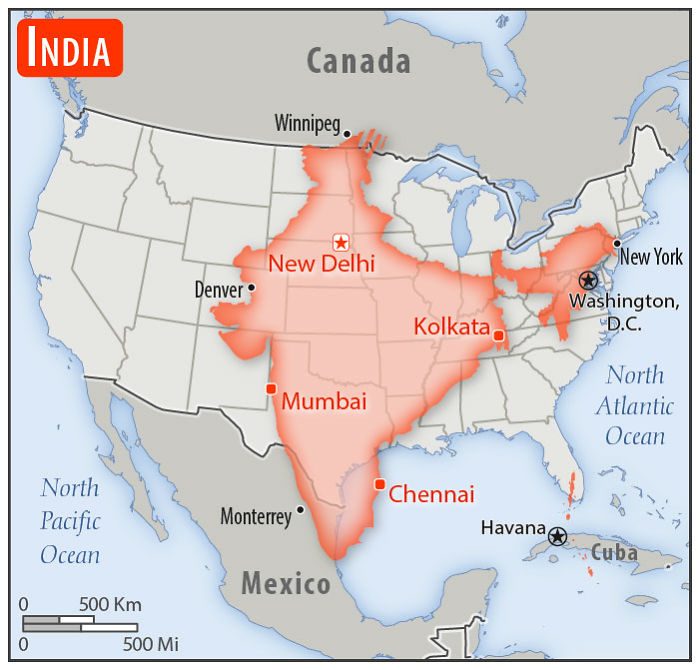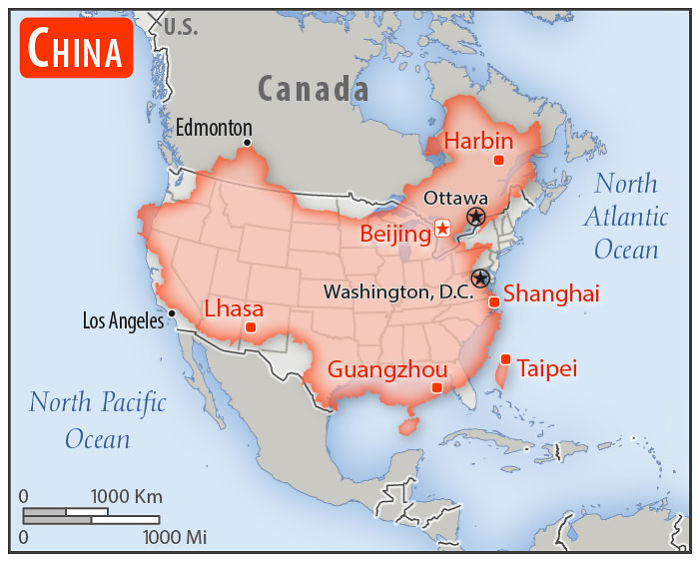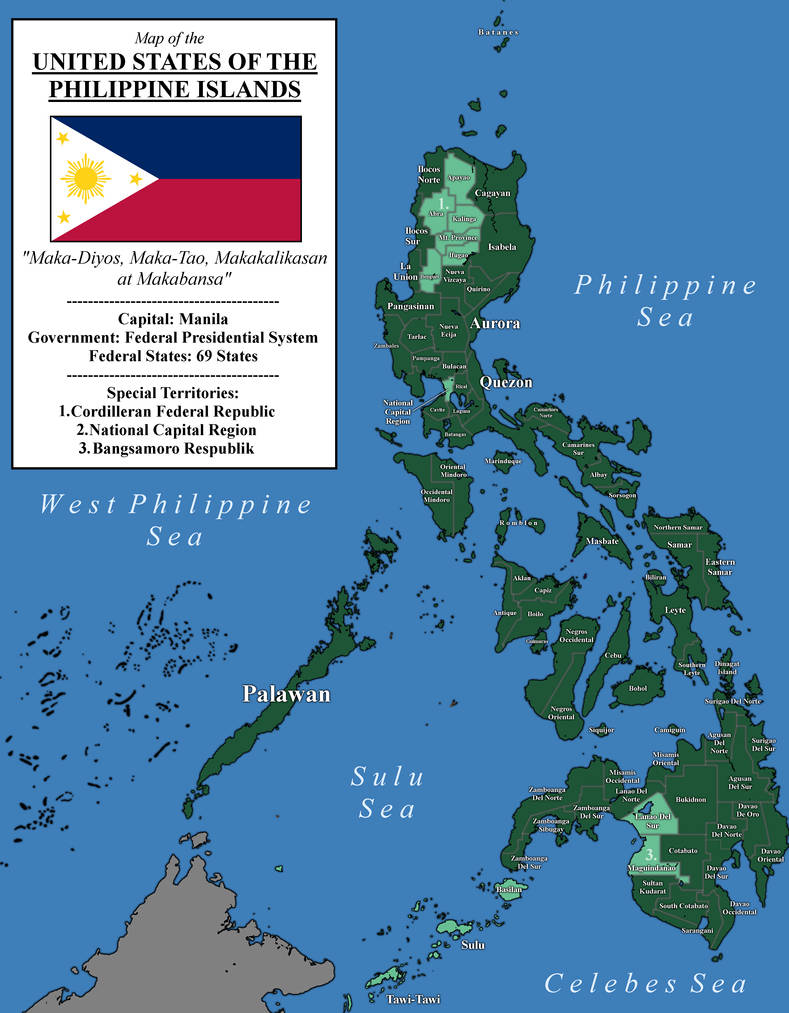How Big Is The Philippines Compared To The United States

Imagine standing on the sun-drenched shores of Boracay, the fine white sand between your toes, the turquoise water stretching out to the horizon. Then, picture yourself amidst the towering redwoods of California, their ancient branches reaching towards the sky, dwarfing everything below. These are just glimpses of two vastly different landscapes, hinting at the question: How does the vibrant archipelago of the Philippines compare in size to the sprawling expanse of the United States?
While the Philippines, a nation of over 7,000 islands teeming with life and culture, may seem substantial in its own right, it occupies a significantly smaller land area than the continental United States. Understanding the scope of this difference offers a fascinating perspective on geography, population distribution, and the unique characteristics of each nation.
A Tale of Two Landmasses
The sheer scale of the United States is undeniable. Stretching from the Atlantic to the Pacific, and encompassing diverse terrains from arctic tundra to arid deserts, the contiguous United States covers approximately 3.8 million square miles (9.8 million square kilometers). Add to that the vastness of Alaska and the tropical paradise of Hawaii, and the total area balloons even further.
The Philippines, in contrast, presents a more compact picture. Composed of thousands of islands, only about 2,000 of which are inhabited, the nation's total land area is approximately 115,831 square miles (300,000 square kilometers). This means the United States is roughly 33 times larger than the Philippines.
Visualizing the Difference
To truly grasp the magnitude of this difference, consider this: the state of California alone, with its 163,696 square miles, is larger than the entire country of the Philippines. Texas, even more so, dwarfs the archipelago with its expansive 268,596 square miles.
Imagine fitting the Philippines within the borders of a single US state. You could fit nearly three Philippines within Texas, and still have room to spare. This stark visual comparison helps to illustrate the immense difference in land area.
Population Distribution and Density
Land area is only part of the story. Population distribution and density play crucial roles in shaping a nation's character. The United States, with a population of over 330 million people, has an average population density of around 93 people per square mile.
The Philippines, despite its smaller size, is home to a vibrant population of over 110 million people. This translates to a much higher population density of approximately 949 people per square mile.
This density difference significantly impacts resource management, infrastructure development, and overall societal dynamics in both countries. The Philippines faces unique challenges in providing services and opportunities to its densely packed population, while the United States grapples with issues related to urban sprawl and resource consumption across its vast landscape.
The Significance of Archipelago Life
Being an archipelago profoundly shapes the Philippines' identity. The scattered islands foster unique regional cultures, dialects, and traditions. Maritime activities are deeply ingrained in the Filipino way of life, connecting communities and facilitating trade.
The Philippine archipelago faces specific environmental challenges, including coastal erosion, rising sea levels, and the impacts of typhoons. Sustainable development and disaster preparedness are crucial priorities for the nation.
In contrast, the continental nature of the United States allows for greater internal connectivity and facilitates large-scale infrastructure projects. However, this also brings its own set of environmental concerns, such as deforestation, air pollution, and water scarcity.
Cultural and Economic Landscapes
The size and geography of a nation inevitably influence its cultural and economic landscape. The United States, with its vast resources and diverse industries, has emerged as a global economic powerhouse. Its cultural influence extends worldwide, shaping trends in music, film, and technology.
The Philippines, despite its smaller size, boasts a rich cultural heritage blending indigenous traditions with Spanish, American, and Asian influences. Its economy is rapidly growing, driven by sectors such as tourism, business process outsourcing, and manufacturing.
Both nations have made significant contributions to the global community, each offering unique perspectives and solutions to the challenges facing the world.
Comparing Key Aspects
Let's consider key comparisons:
Land Area: United States ≈ 3.8 million sq mi; Philippines ≈ 115,831 sq mi
Population: United States ≈ 330 million; Philippines ≈ 110 million
Population Density: United States ≈ 93 people/sq mi; Philippines ≈ 949 people/sq mi
A Final Thought
While the United States dwarfs the Philippines in terms of land area, size is not the sole determinant of a nation's importance or impact. The Philippines, with its resilient people, vibrant culture, and strategic location, plays a significant role in Southeast Asia and the world.
Both nations, despite their differences in size and geography, are testaments to the ingenuity and adaptability of humanity. They stand as examples of how diverse environments can shape unique cultures and foster remarkable achievements.
Ultimately, comparing the size of the Philippines and the United States is not about declaring one superior to the other. Instead, it’s an exercise in appreciating the diversity of our world and understanding how geography shapes the lives and destinies of nations.



